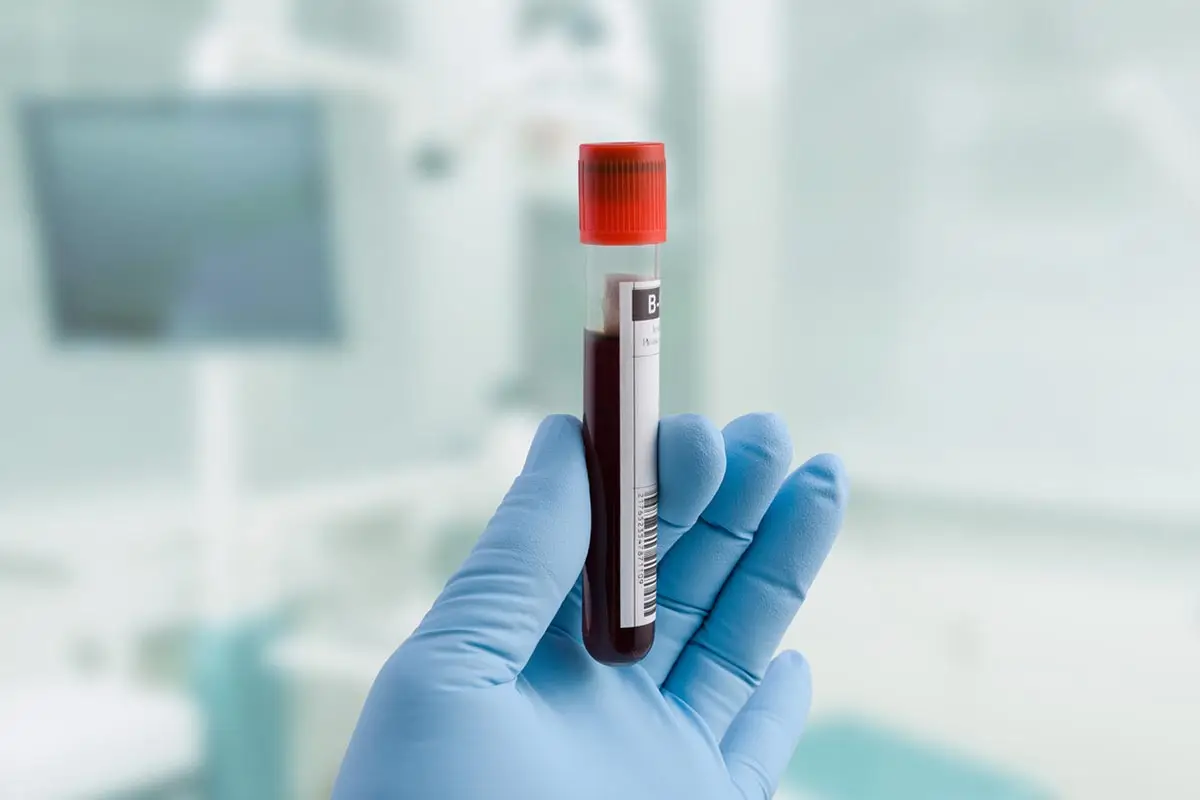| Item | Price | Qty | Total | |
|---|---|---|---|---|
 Loading Cart...
Loading Cart...Platelet Rich Plasma (PRP) and Coronavirus Recovery

Blood plasma therapy may be helpful in treating many types of lung diseases and is currently being studied as a potential treatment against COVID-19.
Platelet-rich plasma (PRP) has been shown to help patients with conditions like pulmonary fibrosis, and antibodies from the blood of COVID-19 survivors may help others recover too.
PRP and Your Lungs
To prepare PRP, a sample of your blood is taken and centrifuged (spun) in a machine. The centrifugation separates and concentrates the plasma and platelets from the rest of the blood components. This Platelet Rich Plasma is used for regenerative purposes.
PRP can be used to treat many types of respiratory illnesses. In fact, delivery of PRP directly into the lungs through a nebulizer has been shown to reduce inflammation and treat conditions like asthma and emphysema. 1
Prevention, Treatment, and Regeneration
There’s evidence to suggest that PRP can help to treat lung disease. PRP extract has been shown to prevent endotoxin-induced pulmonary edema in mice and may be able to treat illnesses in humans caused by abnormal vascular permeability. 2
PRP can be used to reduce the signs of respiratory illness and help patients recover from them.
Pulmonary fibrosis and chronic obstructive pulmonary disease (COPD) are two types of chronic lung disease, the latter often caused by smoking. In patients with these diseases, platelet-rich plasma had a good effect on their physical symptoms and quality of life. In fact, these effects could be seen 12 months after the initial treatment. 3
PRP therapy helped with exercise tolerance, quality of life, and dyspnea (breathing difficulties) in patients with chronic obstructive pulmonary disease (COPD) 4, and a high number of patients with interstitial lung disease who were treated with combination of PRP and stem cell therapy reported a perceived better quality of life both 3 and 6 months later. 5
PRP contains growth factors (like vascular endothelial growth factors) that can help in the formation of new blood vessels (angiogenesis). PRP (platelet-rich plasma) extract has been shown to regenerate the blood vessels and alveoli of the lungs in mice. This may help make future treatments for angiogenesis-related lung diseases. 6
Blood Plasma Therapy and COVID-19
Several plasma-based treatments are currently being studied for potential treatment of COVID-19.
Convalescent Plasma
One such treatment is convalescent plasma. The therapy has been used in the past to treat infections like the 2009-2010 H1N1 influenza virus . 7
Convalescent plasma therapy uses specific antibodies from the plasma of recovered patients to treat those that have the disease. The recovered patient’s plasma is harvested, tested, purified, and then injected into the infected patient. Once injected, convalescent plasma provides passive immunity, giving the infected patient’s body time to produce antibodies.
Intravenous Immunoglobulin
IVIG (intravenous immunoglobulin), also called TAK-888, is another protocol that uses antibodies, but might be made more quickly than convalescent plasma. Made by Takeda Pharmaceutical Co., TAK-888 aims to use a donor’s total antibodies to treat a COVID-19 infection. It can be produced from patients that are currently fighting the disease and from those who have already recovered, and may not require the testing necessary for convalescent plasma. 8
1 Prabhat Soni, “Nebulizer Applies PRP Directly to Damaged Lungs,” PR Newswire, July 13, 2015, accessed April 13, 2020, https://www.prnewswire.com/news-releases/nebulizer-applies-prp-directly-to-damaged-lungs-300111907.html.
2 Tadanori Mammoto, et. al., “Platelet-Rich Plasma Extract Prevents Pulmonary Edema through Angiopoietin-Tie2 Signaling,” American Journal of Respiratory Cell and Molecular Biology 52, no. 1 (2014): accessed April 13, 2020, https://doi.org/10.1165/rcmb.2014-0076OC.
3 Melissa Rubio, “Beyond the Ordinary: The Effect of Cellular Therapy on Quality of Life in Chronic Lung Disease,” Journal of Clinical Research and Medicine 2, no. 4 (2019): 1-8, accessed April 13, 2020, https://researchopenworld.com/beyond-the-ordinary-the-effect-of-cellular-therapy-on-quality-of-life-in-chronic-lung-disease/#.
4 Daniel Huertas, et. al., “Results of A Pulmonary Rehabilitation Program (PRP) In COPD Patients: Differences in Outcomes According to Currently 2011 GOLD Groups,” European Respiratory Journal 44, no. 58 (2014): P630, accessed April 13, 2020, https://erj.ersjournals.com/content/44/Suppl_58/P630.
5 Melissa Rubio, “Autologous Stem Cell Treatment for Chronic Lung Disease Study,” (2018): accessed April 15, 2020, https://clinicaltrials.gov/ct2/show/results/NCT03044431?view=results.
6 Tadanori Mammoto, et. al., “Acceleration of Lung Regeneration by Platelet-Rich Plasma Extract through the Low-Density Lipoprotein Receptor–Related Protein 5–Tie2 Pathway,” American Journal of Respiratory Cell and Molecular Biology 54, no. 1 (2016): 103-113, accessed April 13, 2020, doi: 10.1165/rcmb.2015-0045OC.
7 U.S. Food and Drug Administration, “Recommendations for Investigational COVID-19 Convalescent Plasma,” April 13, 2020, accessed April 13, 2020, https://www.fda.gov/vaccines-blood-biologics/investigational-new-drug-ind-or-device-exemption-ide-process-cber/recommendations-investigational-covid-19-convalescent-plasma.
8 Matthew Herper and Adam Feuerstein, “How Blood Plasma from Recovered Patients Could Help Treat the New Coronavirus,” STAT, March 5, 2020, accessed April 13, 2020, https://www.statnews.com/2020/03/05/how-blood-plasma-from-recovered-patients-could-help-treat-coronavirus/.


